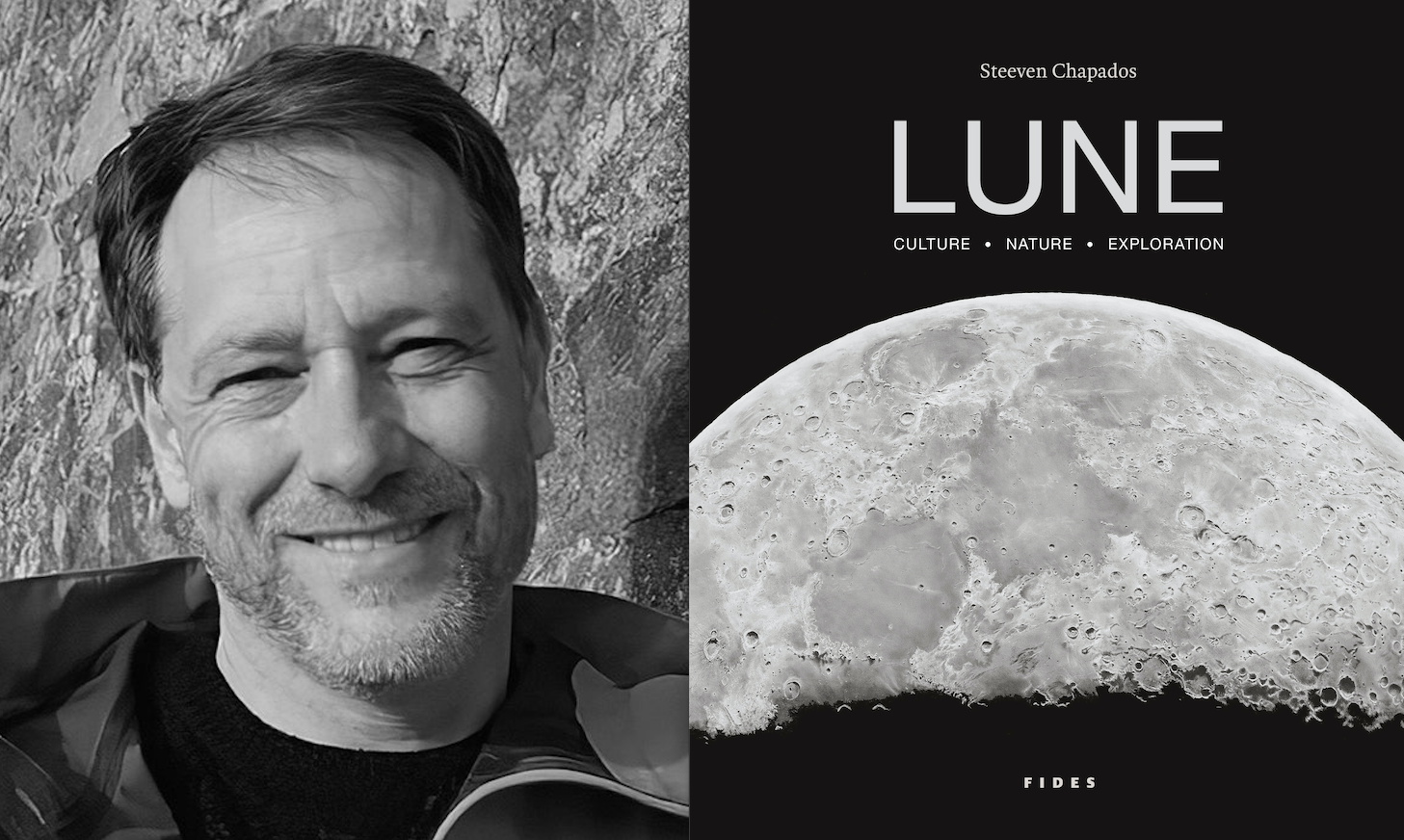In literature we immediately think of HG Wells (The First Man in the Moon, 1901) and Hergé: Objectif Lune (1953) and On a marche sur la Lune (1954). On the cinema side, Georges Méliès is at the top of the list with Le Voyage dans la Lune (1902) and Au clair de la lune ou Pierrot unhappy (1904).
Seas and mountains
Steeven Chapados' work is full of data about the nature of the moon. It lists 7 mountains, 10 seas and 24 craters.
A table provides the following figures: Its mass is 1.23% of the mass of the Earth. Its total area is 7.44% of the earth's surface. Its circumference at the equator is 10,921 km. The average surface temperature is -73°C. The average length of a lunar cycle is 29 days, 12 hours, 44 minutes and 3 seconds.
Lunar exploration was a race between the USSR and the United States. It starts with Luna 2, 1959 (USSR). The United States responded with Surveyor 5 in 1967 and of course Apollo 11 in 1969. The last three explorations were conducted by the USSR: Luna 20 (1972), Luna 21 (1973) and Luna 24 (1976).
Endless possibilities
“From whatever angle we look at the Moon,” writes Steeven Chapados, “we see that it offers infinite possibilities for expressing ourselves, better understanding the cosmos, developing our technologies, and promoting our presence elsewhere in the universe. “

